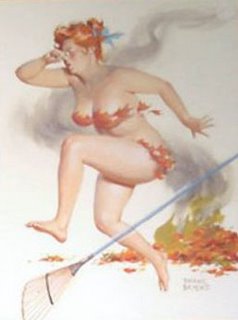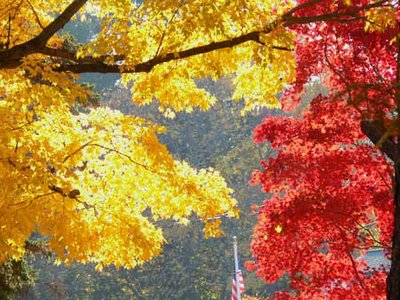December is another of those misnamed months, remnants of an ancient Roman calendar that split the year into 10 parts and placed December last. The name is from the Latin for “tenth month,” though, of course, it is the twelfth.
Although just about every modern Western tongue has adopted variations of December in their calendars (Dezember, Diciembre, Décembre, Dicembre, Dezembro, etc.), earlier cultures were more accurate in how they named the month. The ancient Saxons, for instance, called it Winter-monat, or Winter Month, for the season of cold begins at the solstice.
When the Saxons were converted to Christianity, they converted the name to Heligh-Monat, or Holy Month, because the birthday of Jesus Christ is celebrated near its end.
“Holy Month” was never combined into Holimonth. However, Holy Day was. Our word Holiday is nothing but a joining of Holy and Day, and thus saying “Happy Holidays” is really saying, “Happy Holy Days.”And since December has holiness to more than one faith on more than one day, isn’t that appropriate?






